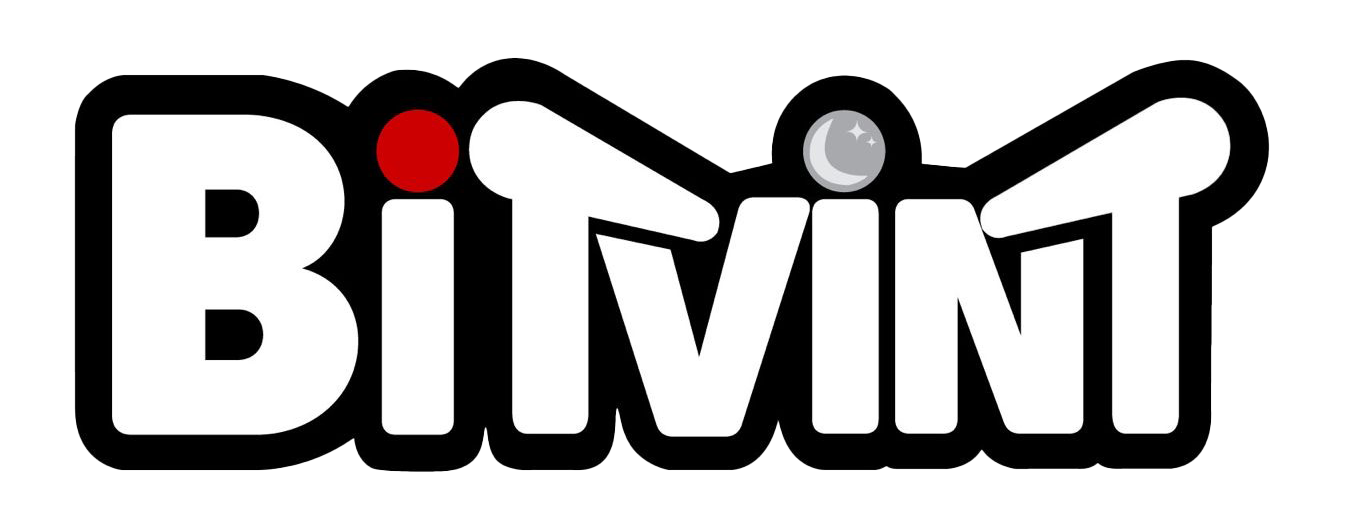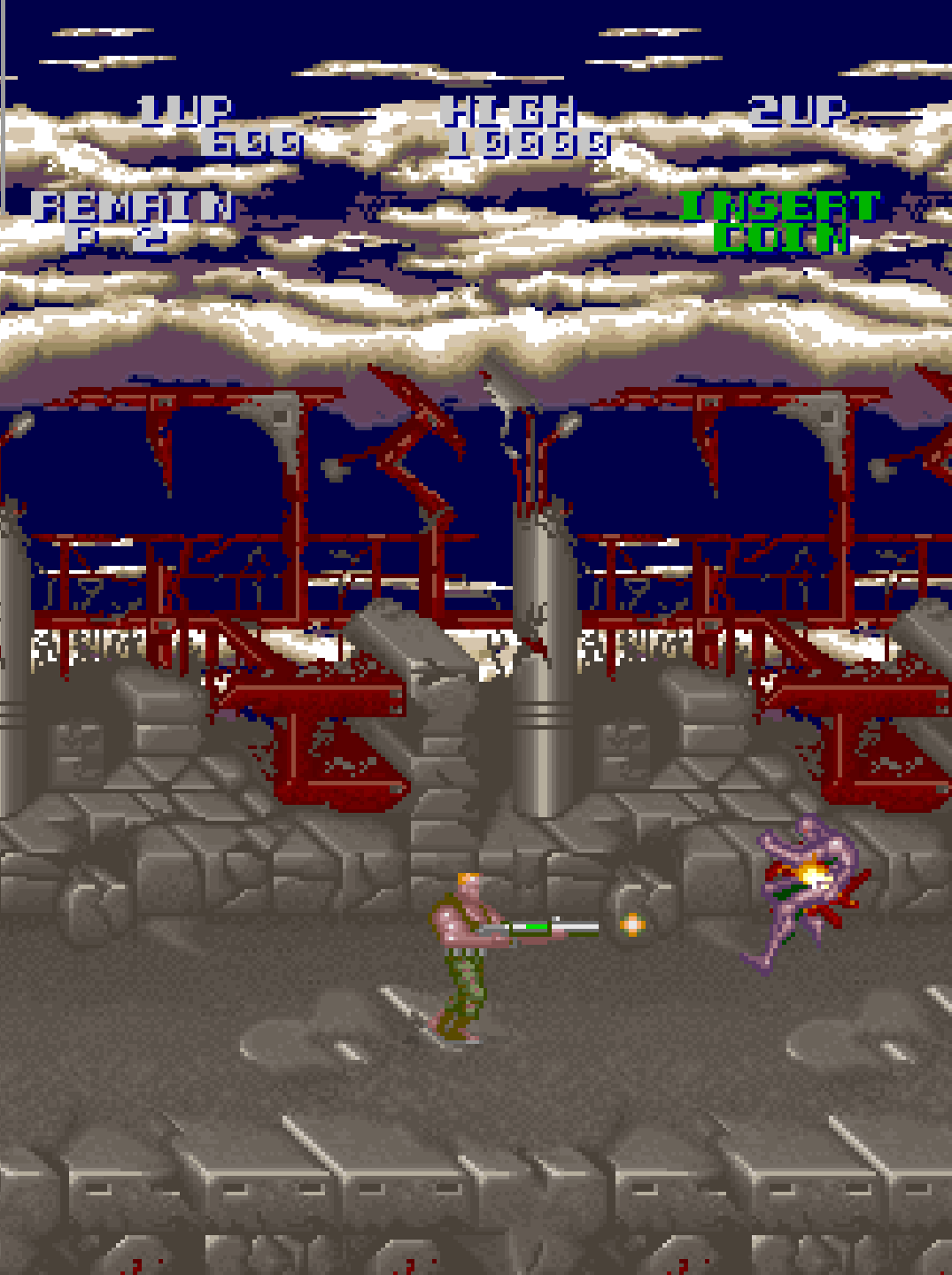Introduction
Released by Konami in 1988, Super Contra (also known as Super C in its NES adaptation) is the arcade sequel to the smash hit Contra. With refined gameplay, more intense action, and new top-down stages, Super Contra built on the foundations of the original and delivered a more polished and relentless co-op shooting experience that solidified the franchise as a cornerstone of the arcade run-and-gun genre.

Development and History
- Developer: Konami
- Publisher: Konami
- Release Date: 1988
- Platform: Konami GX775 hardware
Following the surprise success of Contra, Konami quickly went to work on a follow-up. Super Contra retained the side-scrolling action of the original but introduced new vertical top-down levels and expanded environmental variety.
The game was designed for faster pacing and more aggressive enemy waves. The developers refined the weapon system and introduced new enemy types and bosses to raise the challenge. It used a modified version of Konami’s arcade hardware that allowed for smoother animations and better sprite handling.

Gameplay Video
Gameplay and Mechanics
Super Contra features side-scrolling and overhead shooting segments in a continuous fight against an alien invasion.
Key features:
- Two-player co-op with players controlling Bill Rizer and Lance Bean
- Alternating level styles: side-scrolling and top-down run-and-gun stages
- Power-ups include Machine Gun, Spread Shot, and Laser (rebalanced from the first game)
- One-hit deaths, limited continues, and no checkpoints in many areas
- Features destructible platforms and rotating turrets
- More varied stage themes, including jungle, alien bases, and mechanical fortresses
- Mid-bosses and screen-filling final bosses

Cultural Impact and Legacy
Super Contra was well-received in arcades and cemented the Contra series as one of the defining action franchises of the late '80s.
- Ported to the NES in 1990 as Super C, with adapted levels and graphics
- Included in many Konami collections and modern compilations
- Known for its increased difficulty and streamlined pacing over the original
- Maintained the high standard of music, art, and co-op gameplay that made Contra a success
- A key influence on later action games, including Metal Slug and indie run-and-gun revivals

Fun Facts
- In Japan, the game was released simply as Super Contra, while the NES version was retitled Super C due to sensitivities around the Iran-Contra affair in the U.S.
- The game runs on a custom GX775 BIOS, which offered smoother animation transitions
- The Spread Gun remained the most popular weapon, although it was slightly nerfed compared to the original
- The top-down levels were inspired in part by Konami’s own Jackal and Ikari Warriors
- Backgrounds often featured destructible elements that revealed power-ups or alternate paths

Conclusion
Super Contra took everything that made Contra a classic and turned the dial up. With intense enemy waves, top-down level variety, and co-op carnage, it was a model sequel that defined late-'80s arcade action. For many, it's the Contra that truly perfected the formula.

